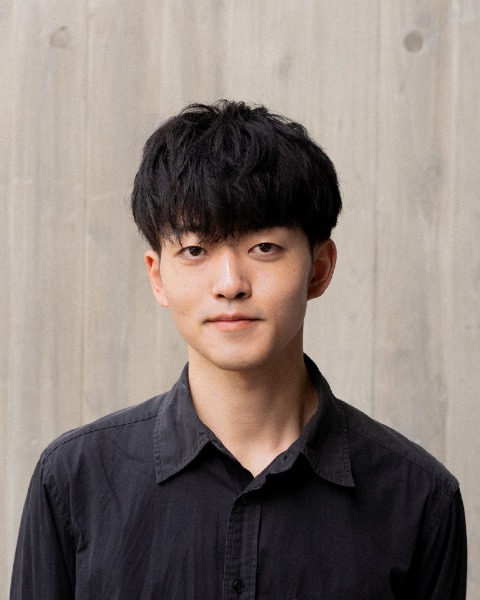Mathematical & Computational Sciences
(S-080) Fluorescence timer-based analysis of latency-reversing agent effectiveness in HIV
Sunday, October 19, 2025
7:00 AM - 5:00 PM MDT
Location: Colorado A
Morihiko Mizuno – interdisciplinary Biology Laboratory (iBLab), Division of Natural Science, Graduate School of Science, Nagoya University; Kosaku Kitagawa – interdisciplinary Biology Laboratory (iBLab), Division of Natural Science, Graduate School of Science, Nagoya University; Yorifumi Sato – Joint Research Center for Human Retrovirus Infection, Kumamoto University; Singo Iwami – interdisciplinary Biology Laboratory (iBLab), Division of Natural Science, Graduate School of Science, Nagoya University

Morihiko Mizuno
Master's Student, 1st Year
interdisciplinary Biology Laboratory (iBLab), Division of Natural Science, Graduate School of Science, Nagoya University, Japan
Author(s)
Disclosure(s):
Morihiko Mizuno: No financial relationships to disclose
Objectives: HIV, the virus that causes Acquired immunodeficiency syndrome (AIDS), has remained a major global health threat since the late 20th century. While combination antiretroviral therapy (ART), introduced in the mid-1990s, can effectively suppress viral replication, complete eradication is still hindered by latently infected cells. These cells evade immune detection and drug clearance, forming long-lived reservoirs that require lifelong treatment.
To overcome this challenge, the “Shock and Kill” strategy aims to reactivate latent HIV-infected cells using latency-reversing agents (LRAs), making them susceptible to ART and immune responses. However, a robust quantitative framework to evaluate LRA efficacy within infection dynamics is still lacking.
In this study, we used the HIV-Tocky system to obtain experimental data[1] and constructed a mathematical model to quantify the effects of LRAs. And this work aspires to ultimately establish a new framework for antiviral therapy to eradicate HIV and other viruses.
Methods: To monitor the dynamics of HIV-infected cells over time, we utilized a fluorescent timer protein integrated into the HIV genome. This system allowed us to track temporal changes in fluorescence, providing time-series data that reflected the progression of infection at the single-cell level. To facilitate analysis, we categorized the infected cells into four distinct groups based on their fluorescence color and intensity. A mathematical model was then developed to capture the transitions among these groups, effectively reconstructing the temporal evolution of cellular states. We also developed a separate mathematical model to simulate the behavior of infected cells under different drug treatment conditions. This allowed us to quantitatively and intuitively assess changes in the activation rate of latently infected cells in the presence or absence of LRAs.
Results: In the LRA-treated experimental group, a peak in the activation effect was observed between Day 2 and Day 3, and a particular drug exhibited approximately 20 times greater efficacy compared to the mock control. These findings show that LRAs markedly enhance the activation of latently infected cells, allowing for the quantitative evaluation of related infection dynamics.
Conclusions: These findings suggest that combining the HIV-Tocky system with mathematical modeling offers a high-resolution approach to clarify the mechanisms and timing of LRA effects, supporting the advancement of the "Shock and Kill" strategy.
Citations: [1] Reda, O., Monde, K., Sugata, K. et al. HIV-Tocky system to visualize proviral expression dynamics. Commun Biol 7, 344 (2024). https://doi.org/10.1038/s42003-024-06025-8.
Keywords: HIV-1, Timer fluorescent protein, antiviral therapy
